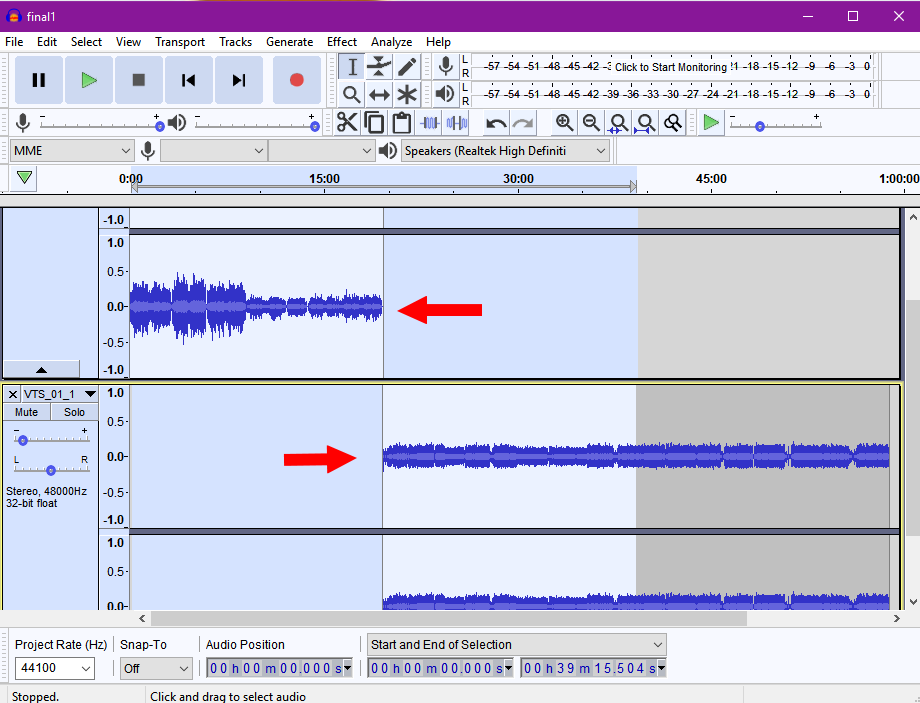
Here’s what it looks like when it’s completed: Depending on the amount of data, it may take some time. Step 7: Indicate if you want to include the Create Schema step. Step 6: Indicate if you want to create the dump in a single transaction (which only applies to the “self-contained file” export option). Export to Self-Contained File: select the folder and file, and all tables will be exported to a single SQL file.This will let you select which tables to restore, but would be slower. Export to Dump Project Folder: select the folder, and each table will be exported to a separate file.Step 5: Select to export the data in one of two ways: Step 4: Decide if you want to export stored procedures, functions, events, or triggers, and select the relevant check boxes if you do.

Dump Structure Only: include the table structure only, no data.Dump Data Only: include the data in the tables only, no tables.Dump Structure and Data: include the table structure and the data in the tables.Step 3: Select whether you want the data, structure, or both, by selecting one of the following options from the drop-down under the panels: If you want to export all tables in a schema or database, click the checkbox on the database on the left. Step 2: Select the tables you wish to export by clicking on the database or schema on the left panel, then clicking the checkbox next to the table name on the right panel. To use the MySQL Workbench export database feature, you have to use the Server > Data Export option. However, this only exports a single table (even if you select multiple tables). To export the MySQL database from MySQL Workbench:Īlternatively you can right click on a table in the Schema Browser on the left and select Data Export.


 0 kommentar(er)
0 kommentar(er)
